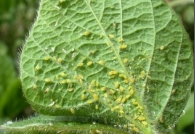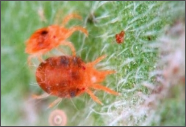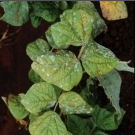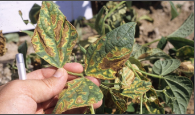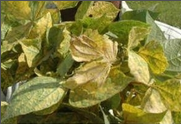Contender: It has dwarf plants which has light green color leaves. Legumes are thick, fleshy and are fibrous. The variety matures in 45-55 days.
Pusa Parvati: Released by IARI, New Delhi. It has dwarf plant. The legumes are round and green in color. The variety matures in 40-45 days. The variety is resistant to mosaic and powdery mildew disease.
Pant Anupama: Released by GBPAU, Pantnagar. It has bushy plant and is early maturing variety. Legumes are smooth, soft, fibrous, and is attractive green in color. The variety matures in 55-65 days.
Pant Bean 2: Released by GBPAU, Pantnagar. It has bushy plant which has light green color leaves. It has straight legumes, flat, round and fibreless. The variety matures in 60 days after sowing. The variety is resistant to common mosaic virus. It is suitable for sowing in plain and hilly areas. It gives an average yield of 40qtl/acre.
Other state varieties:
PDR 14 (Uday): Released in 1987. This variety has bushy crop and legumes are green in color. It has 40-50cm plant height. In irrigated areas and in good crop management areas, it gives an average crop yield of 8-10qtl/acre. It has spotted grains having an average weight of 38-40gms per 100 seeds.
VL Rajma 125: Suitable for timely sown of Uttarakhand hills. 4-5 seeds per pods and 100 seed weight about 41.38 gm.
RBL 6: Suitable for irrigated areas of Punjab state. 6-8 seeds per pod and seeds are of light green color.
Other high yielding varieties grown in India are HUR 15, HUR-137, Amber and Arun, Arka Komal, Arka Suvidha, Pusa Parvathi, Pusa Himalatha, VL Boni 1, Ooty 1.











